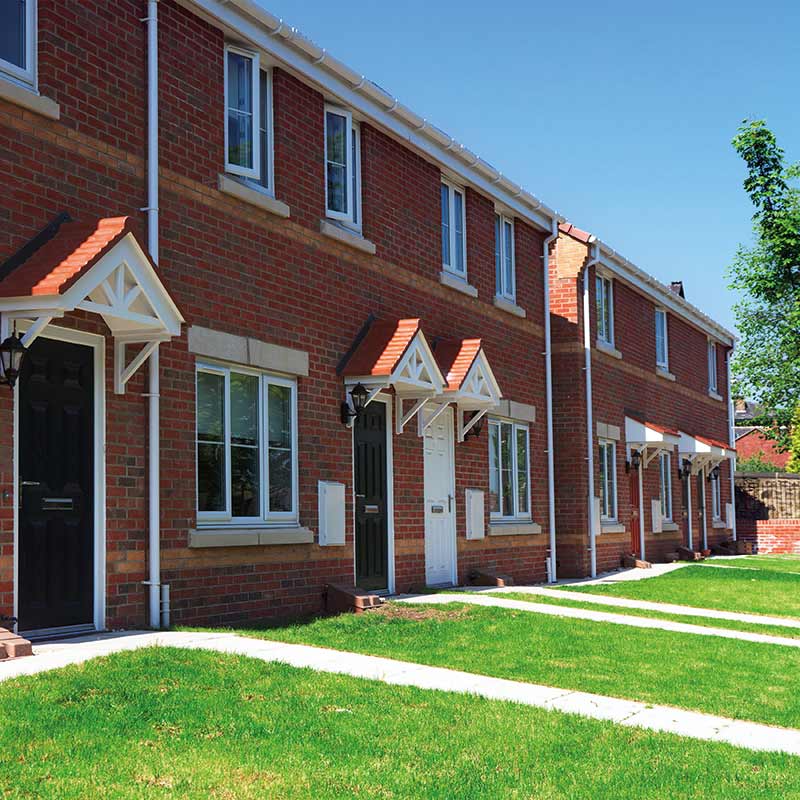More than half of all new housing to be built in the borough in the coming years should be affordable units.
That’s the suggestion in a report compiled by the borough council that cites high house prices and big increases in rental rates as the driving factors.
The news comes after individuals and organisations were invited to identify sites and broad locations for house building within the borough as part of the council’s new ‘Local Plan’.
The borough council describes ‘affordable housing’ as “low cost market or subsidised housing, irrespective of tenure, ownership or financial arrangement.”
Nearly 13,000 houses may need to be built within the borough by 2033, research commissioned by the council has revealed, meaning an average of 648 homes per year.
This marks a dramatic increase on the 300 homes per year the council believed would be required when it last undertook a similar assessment for the years 2006 to 2026.
The council is currently undertaking a number of other assessments as part of its Local Plan, with an economic needs study also underway.
As part of the process, the council is seeking the input of the community on where the new development should be sited.
A council spokesperson said: “This ‘call for sites’ provides an early opportunity for developers, landowners, town and parish councils and other interested bodies to put forward potential development sites to the council for consideration in the new Local Plan.
“The sites will be assessed for their suitability for development under a process known as a Strategic Housing and Economic Land Availability Assessment.”
However, the spokesperson said not all land identified will be allocated for development.
The report suggests just over half of the total number of new dwellings will be affordable units, with an average of 341 per year earmarked for development.
The report, known as the Strategic Housing Market Assessment, cites high average house prices in the borough, at £260,000, and ‘above inflation’ increases in rents as factors behind the need for more affordable housing.
It states: “As we might expect, the high housing costs have contributed to levels of households who require financial support in meeting their housing needs, and would be eligible for affordable housing.”
Added pressure on housing is also being driven by demographics, with an additional 19,200 people living in the borough by 2033, a rise of 16.6 per cent.
The largest contingent of the 12,960 new homes will have three bedrooms, which are set to make up between 30 and 35 per cent of all dwellings, with two bedroom houses making up between 25 and 30 per cent.
An average of between 15 and 25 per cent of the stock will be made up of single room housing.
However a breakdown reveals out of the total housing stock designated as affordable, up to 40 per cent will be single room households, as opposed to a maximum of 10 per cent for the market rate.
The vast majority of four-room houses will be earmarked for the market rate.
Those wishing to make their opinions known are urged to visit http://consult.tunbridgewells.gov.uk.








